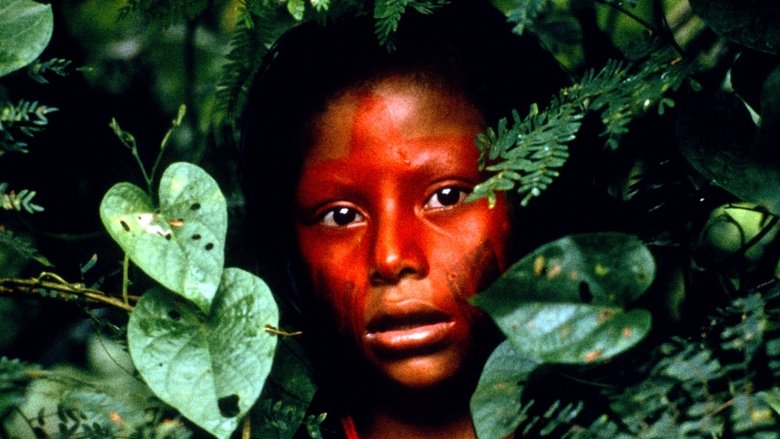Nature documentaries that will change your perspective
Nature documentaries offer a unique lens through which to view our world. From the smallest insects to the vastness of glaciers, these films capture the beauty and fragility of our planet.


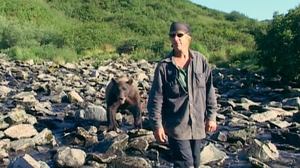
Nature documentaries have evolved from simple recordings to cinematic experiences that can transport viewers to remote corners of the earth and offer unprecedented insights into the lives of animals and ecosystems. These films often combine stunning visuals with scientific storytelling, raising awareness about environmental issues and inspiring a deeper appreciation for the natural world. Consider films like "Microcosmos" which gives the audience an alien-like view of insects, or "Winged Migration" that documented the incredible journeys of birds across continents, pushing the boundaries of filmmaking, capturing the essence of migration in a way never seen before. Also, movies like "An Inconvenient Truth", are documentaries that can spark dialogue and action. These films serve as a powerful reminder of our connection to the planet, urging us to protect its wonders for future generations. Whether exploring the microscopic world or the vastness of space, these films offer a transformative experience.
14. Ultraman Cosmos 2: The Blue Planet (2002)
"Ultraman Cosmos 2: The Blue Planet" released in 2002, is a Japanese science fiction film featuring the Ultraman character. While it may contain elements related to the environment, it is fundamentally a science fiction action movie aimed at children and families.

13. Final Days of Planet Earth (2006)
"Final Days of Planet Earth", released in 2006, this is actually a Sci-fi disaster movie that involves giant insects threatening humanity. While it touches on ecological themes, it is more of a fictional disaster movie than a nature documentary.
12. Exploring 'The Tree of Life' (2011)
"Exploring 'The Tree of Life'," released in 2011, is a behind-the-scenes documentary that delves into the making of Terrence Malick's visually stunning and philosophically ambitious film, "The Tree of Life." The documentary offers insights into Malick's unique filmmaking process, his collaboration with the cast and crew, and the film's exploration of themes such as family, memory, and the meaning of existence. Featuring interviews with actors Brad Pitt, Sean Penn, and Jessica Chastain, "Exploring 'The Tree of Life'" provides a fascinating glimpse into the creative process behind one of the most visually impressive films of recent years. It is also useful to understand the director´s mind.
11. The Cove (2009)
"The Cove," released in 2009, is a disturbing and eye-opening documentary that exposes the hidden practice of dolphin hunting in Taiji, Japan. Directed by Louie Psihoyos, the film follows a team of activists, filmmakers, and free divers as they infiltrate a secluded cove to document the brutal slaughter of dolphins. "The Cove" is a powerful and emotionally charged film that raises awareness about animal cruelty, environmental issues, and the importance of protecting marine life. The film's impact led to increased scrutiny of dolphin hunting practices and sparked international outrage. The filmmakers used covert tactics, including underwater microphones and hidden cameras, to capture the footage.
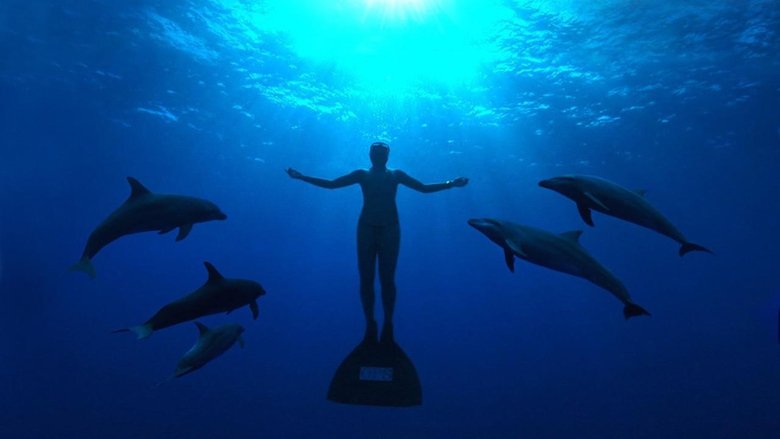
10. Life (2017)
"Life," released in 2017, is a nature documentary that utilizes stunning time-lapse photography and innovative camerawork to showcase the beauty and diversity of life on Earth. Narrated by Ryan Reynolds, the film journeys across continents and oceans, capturing rarely seen animal behaviors and highlighting the interconnectedness of ecosystems. From the vibrant coral reefs to the vast African savanna, "Life" celebrates the wonders of the natural world and reminds us of the importance of conservation. The film is a visually arresting and informative tribute to the planet's biodiversity. It was produced by the BBC's Natural History Unit.
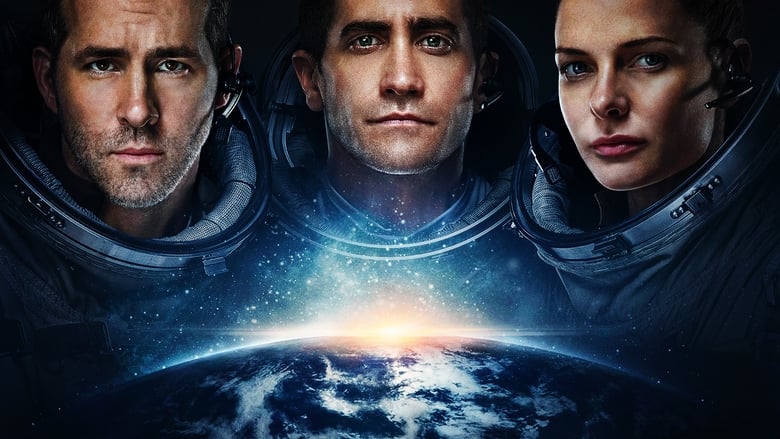
9. Microcosmos (1996)
"Microcosmos," released in 1996, offers a fascinating and immersive look into the hidden world of insects. Using innovative macro photography techniques, directors Claude Nuridsany and Marie Pérennou capture the intricate behaviors and dramatic lives of tiny creatures in stunning detail. From the mating rituals of beetles to the hunting strategies of spiders, "Microcosmos" reveals a world of beauty, danger, and wonder that is often overlooked. The film's lack of narration allows the visuals and soundscapes to create a truly immersive experience, inviting viewers to see the world from a new perspective. It took the filmmakers three years to film the insects in their natural habitat.
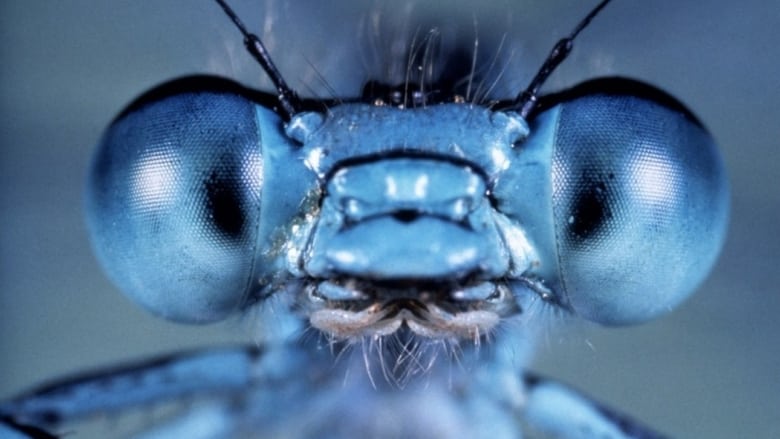
8. March of the Penguins (2005)
"March of the Penguins," released in 2005, is a captivating documentary that follows the arduous journey of emperor penguins in Antarctica as they trek across the frozen landscape to breed and raise their young. The film captures the penguins' remarkable resilience, devotion, and cooperation as they face harsh weather conditions, predators, and the challenges of raising a family in one of the most inhospitable environments on Earth. "March of the Penguins" is a heartwarming and visually stunning film that offers a glimpse into the extraordinary lives of these remarkable creatures. The film's success sparked interest in penguin conservation efforts.

7. An Inconvenient Truth (2006)
"An Inconvenient Truth," released in 2006, is a landmark documentary that brought the issue of climate change to the forefront of public consciousness. Former Vice President Al Gore presents a compelling and accessible overview of the science, impacts, and potential solutions to global warming. Through charts, graphs, and personal anecdotes, Gore makes a persuasive case for urgent action. The film's success in raising awareness and galvanizing activism earned it an Academy Award and helped to make climate change a mainstream political issue. While some of the science has been updated since its release, "An Inconvenient Truth" remains a powerful and influential film. The movie features a memorable slideshow presentation developed by Al Gore.

6. Chasing Ice (2012)
"Chasing Ice," released in 2012, is a visually stunning and emotionally powerful documentary that chronicles the work of National Geographic photographer James Balog as he documents the melting glaciers of the Arctic. Using time-lapse photography, Balog and his team capture dramatic evidence of the devastating effects of climate change. The film follows Balog's journey as he faces logistical challenges, personal hardships, and the overwhelming reality of a rapidly changing planet. "Chasing Ice" is a compelling call to action, urging viewers to confront the urgent threat of global warming and take steps to protect our planet. The film is proof that a picture is worth a thousand words.

5. Grizzly Man (2005)
Werner Herzog's "Grizzly Man," released in 2005, is a haunting and complex documentary that explores the life and death of Timothy Treadwell, a self-proclaimed bear enthusiast who spent 13 summers living among grizzly bears in Alaska. Through Treadwell's own video footage and Herzog's insightful narration, the film delves into the motivations and psyche of a man who sought solace and connection in the wilderness. "Grizzly Man" raises profound questions about our relationship with nature, the boundaries between humans and animals, and the dangers of romanticizing the wild. Herzog's film is a captivating and cautionary tale that lingers long after the credits roll. Treadwell's story serves as a stark reminder of the untamed power and unpredictability of the natural world. The film is as much about Herzog's perspective on Treadwell's actions as it is about Treadwell himself.

4. Winged Migration (2001)
"Winged Migration," released in 2001, offers an intimate and breathtaking look into the world of birds and their incredible migratory journeys. Director Jacques Perrin and his team spent four years filming birds in flight across diverse landscapes, using innovative techniques to capture stunning aerial footage. The film follows various species as they navigate vast distances, facing challenges such as predators, weather, and human interference. "Winged Migration" is a testament to the beauty and resilience of nature, showcasing the remarkable adaptations and behaviors of these avian travelers. The film's stunning visuals and evocative soundtrack create an immersive and emotional experience, inviting viewers to marvel at the wonders of the natural world. For example, ornithologists used ultralight aircraft to imprint on young birds, leading them on their migrations.
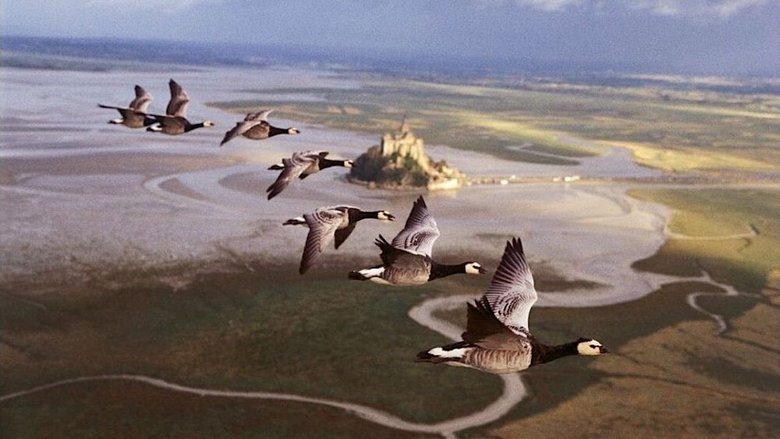
3. Koyaanisqatsi (1983)
Directed by Godfrey Reggio and released in 1982, "Koyaanisqatsi" is a groundbreaking experimental film that presents a poetic and unsettling vision of the modern world. The film's title, a Hopi word meaning "life out of balance," sets the stage for its exploration of the relationship between humanity, nature, and technology. Through time-lapse photography and a mesmerizing score by Philip Glass, "Koyaanisqatsi" juxtaposes scenes of natural landscapes with the frenetic pace of urban life, inviting viewers to reflect on the consequences of progress and industrialization. Its lack of narrative and dialogue allows the visuals and music to speak for themselves, creating a powerful and thought-provoking cinematic experience. It is the first film in the Qatsi trilogy.

2. Samsara (2011)
Following in the footsteps of "Baraka," "Samsara," released in 2011, is another visually stunning non-narrative documentary directed by Ron Fricke. The film explores the cyclical nature of life, death, and rebirth, using breathtaking imagery captured in over 25 countries. From the serene temples of Southeast Asia to the bustling streets of urban landscapes, "Samsara" presents a tapestry of human experience and natural wonders. Shot in 70mm, the film's clarity and detail are mesmerizing, drawing viewers into a world of profound beauty and stark contrasts. "Samsara" invites contemplation on the impermanence of existence and the interconnectedness of humanity and the environment. It's a cinematic journey that transcends cultural boundaries and speaks to the universal human condition. The film took almost five years to make.
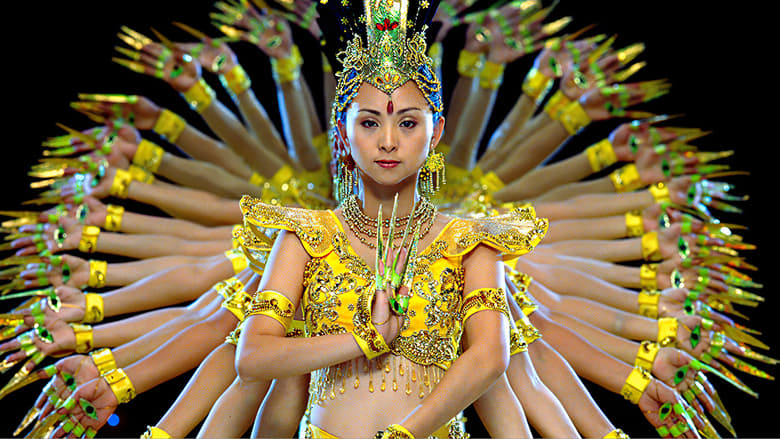
1. Baraka (1992)
"Baraka" is more than a film; it's a cinematic pilgrimage. Released in 1992, this non-narrative documentary transcends cultural and linguistic barriers, offering a panoramic view of humanity and nature. Director Ron Fricke, known for his work on "Koyaanisqatsi," employs breathtaking cinematography and time-lapse photography to capture the essence of diverse environments and spiritual practices. From the sacred rituals of indigenous tribes to the sprawling landscapes of industrialization, "Baraka" invites viewers to contemplate our place in the world. Its absence of dialogue amplifies the impact of its visuals and soundscapes, creating a deeply immersive and meditative experience. This movie is a feast for the senses and a profound reflection on the interconnectedness of all things. The title, an ancient Sufi word, translates to "a blessing, or the breath of life from which the evolutionary process unfolds."
